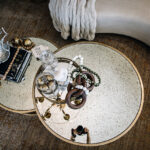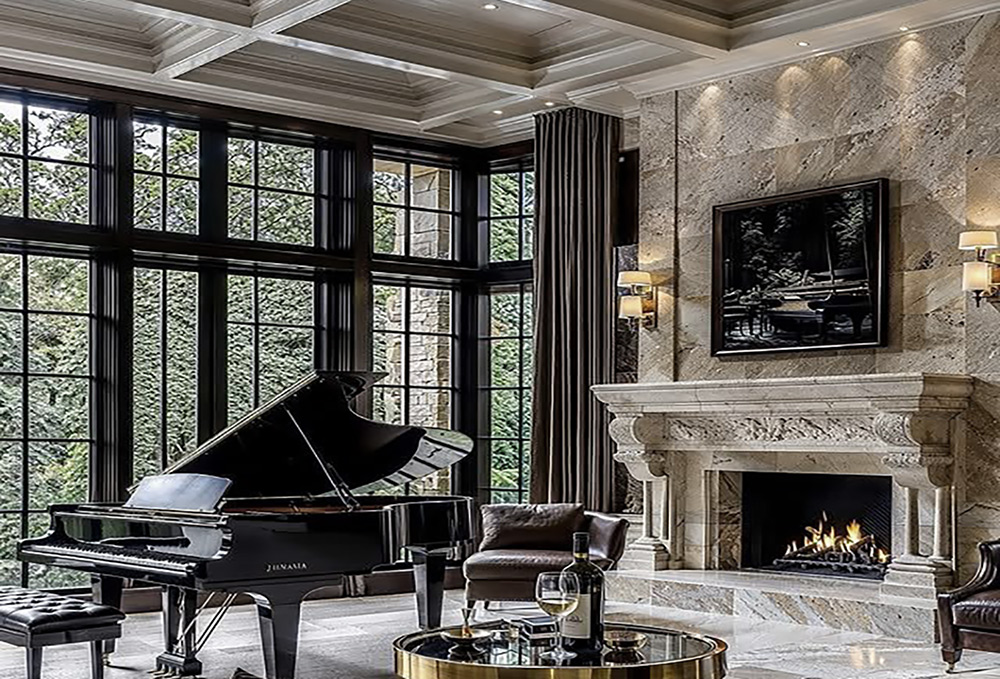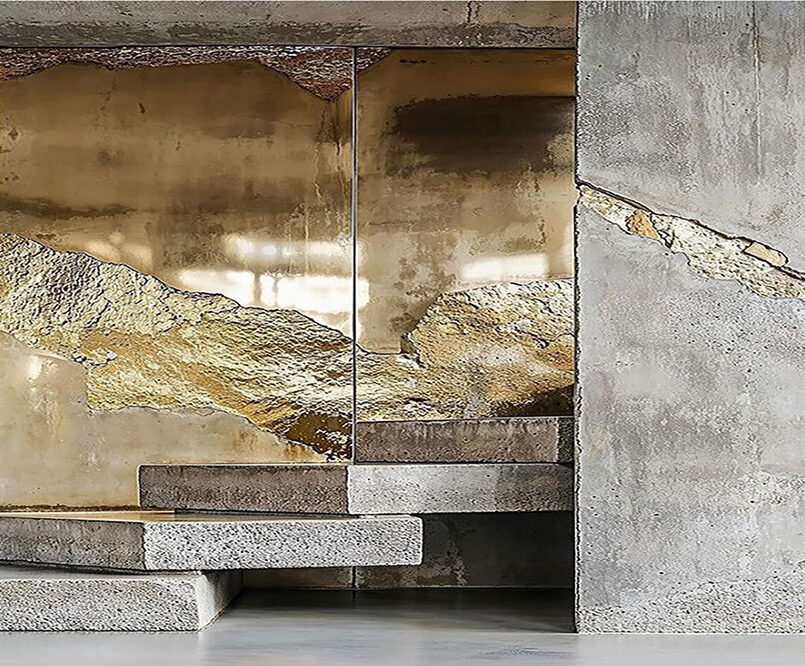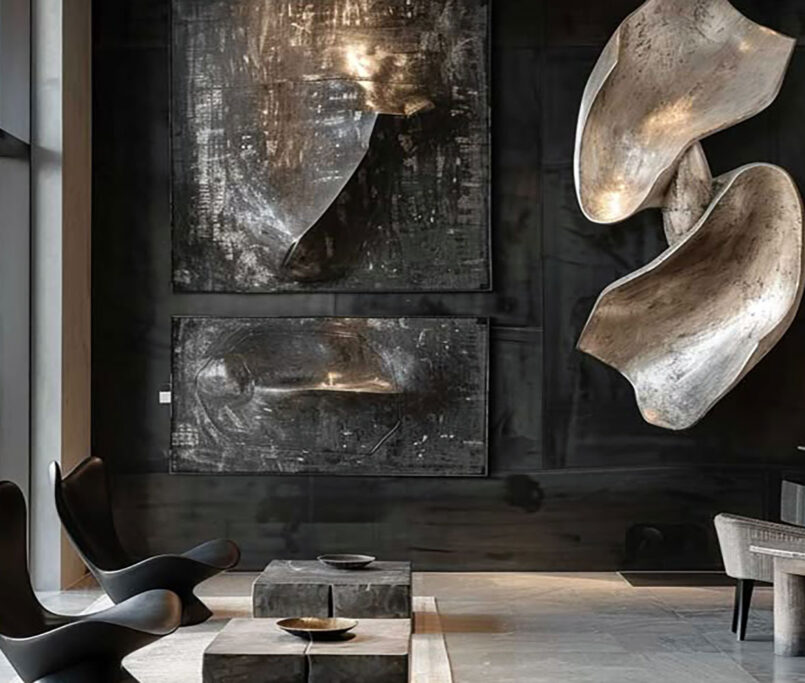How to Create a Cohesive Interior Design Concept for Your Home
A beautifully designed home doesn’t happen by accident. The spaces that feel balanced, harmonious, and “just right” are the result of a thoughtful design concept one that ties every room together while still allowing each space to shine on its own.Whether you’re renovating or starting from scratch, crafting a cohesive interior concept is the first and most essential step to creating a home that feels complete and personal.
Here’s how to do it with clarity and confidence.
1. Start With a Vision, Not a Shopping List
Before choosing furniture or picking paint colours, zoom out. Think about the feeling you want to evoke across your entire home. Should it feel calm and grounded? Warm and textural? Light and airy? Bold and expressive?
Your concept is your creative anchor it helps guide every decision that follows, from materials and finishes to lighting and layout.
Tip: Use words, images, or even scents and sounds to describe your vision. It doesn’t need to be perfect just true to you.
2. Define Your Core Colour Palette
One of the most effective ways to unify your interior is through colour. Choose a cohesive palette of 3–5 core tones that can flow from room to room. This doesn’t mean every room should be the same, but there should be a sense of connection between them.Neutrals work beautifully as a base, while accents (like soft sage, rust, navy, or blush) can be introduced through textiles, artwork, or smaller furniture pieces.
3. Choose a Consistent Material Language
Just as colour unifies a home, so do materials. Think about the textures and finishes that speak to you: timber, linen, brass, stone, matte black, boucle, rattan.Repeat those materials thoughtfully throughout your home to build rhythm and cohesion. For example, if you use warm oak in the kitchen cabinetry, echo it in your dining table or shelving. A consistent material story makes a space feel intentional and calm.
4. Let Lighting Support the Mood
Lighting isn’t just functional it’s emotional. The way a space is lit can completely shift its atmosphere.Layer your lighting with care: soft ambient lighting for general warmth, task lighting where function is needed, and accent lighting to highlight architectural details or objects you love. And keep the colour temperature consistent (warm vs cool white) throughout the home for a seamless feel.
5. Create Flow Through Repetition and Balance
Repetition isn’t boring it’s grounding. Repeating certain shapes, patterns, or forms (like arched mirrors, rounded furniture edges, or linear tiles) helps the eye move through a space with ease.Balance is also key. If one room feels heavy with texture or colour, balance it with a lighter, quieter moment in the next. Good design is like a melody it has highs and lows, but it all comes together in harmony.
6. Don’t Overlook the Functional Thread
A cohesive design isn’t just about style it’s also about function. Ask yourself:
- How do you want to move through the space?
- Where does natural light enter?
- What are your daily rituals?
When you design around the way you live, your home becomes not just beautiful but deeply supportive.
Final Thoughts
A cohesive home doesn’t mean every room is identical it means every room feels like part of the same story.
It’s the quiet repetition of materials, the soft thread of colour, the flow of light, and the careful balance of form and function.
With the right concept in place, your home becomes more than a collection of rooms.
It becomes a living, breathing reflection of who you are.












